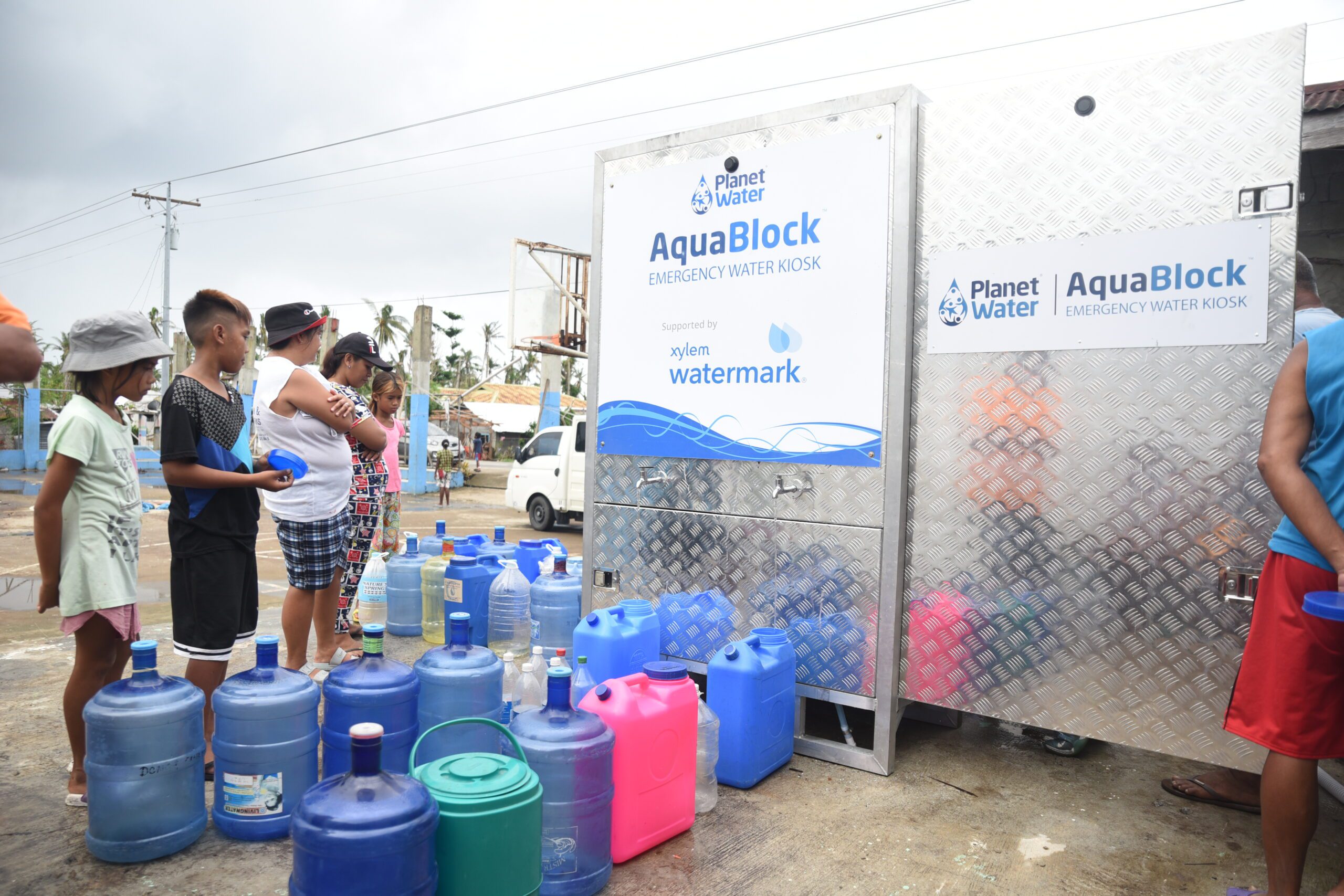In times of emergencies, access to clean water is crucial for ensuring the health and well-being of individuals affected by the crisis. Whether it be a natural disaster such as a hurricane or earthquake, or a man-made disaster such as a terrorist attack or industrial accident, the availability of clean water is essential for preventing the spread of disease and maintaining basic hygiene.
Unfortunately, in many emergency situations, access to clean water can be severely compromised. Water infrastructure may be damaged or destroyed, making it difficult for communities to access safe drinking water. In these situations, it is important for emergency responders and relief organizations to have strategies in place to ensure that clean water is available to those in need.
One key strategy for ensuring access to clean water in emergencies is to pre-position water purification equipment and supplies in strategic locations. This equipment can range from portable water filtration systems to large-scale water treatment plants, depending on the size and scope of the emergency. By having this equipment readily available, emergency responders can quickly set up water purification stations to provide clean drinking water to affected populations.
Another important strategy is to establish partnerships with local water providers and organizations. By collaborating with local water authorities, emergency responders can tap into existing water infrastructure and resources to provide clean water to affected communities. These partnerships can also help in coordinating the distribution of water and ensuring that supplies reach those who need them most.
In addition to pre-positioning water purification equipment and partnering with local organizations, it is also important for emergency responders to educate communities on safe water practices. This can include teaching individuals how to properly disinfect water, store water safely, and practice good hygiene to prevent the spread of waterborne diseases.
Lastly, it is crucial for emergency responders to have contingency plans in place for situations where access to clean water is limited or unavailable. This may involve stockpiling bottled water, establishing water distribution points, or implementing water rationing measures to ensure that supplies are distributed equitably.
In conclusion, ensuring access to clean water in emergencies is a critical component of disaster response and relief efforts. By implementing strategies such as pre-positioning water purification equipment, partnering with local organizations, educating communities on safe water practices, and having contingency plans in place, emergency responders can help to alleviate the impact of water shortages on affected populations and prevent the spread of waterborne diseases. Ultimately, access to clean water is a basic human right that must be upheld, even in the most challenging of circumstances.

